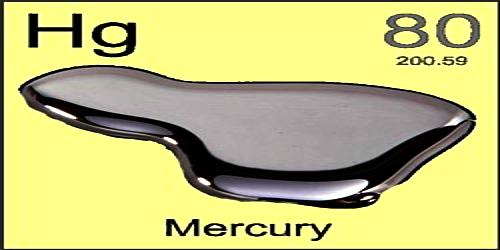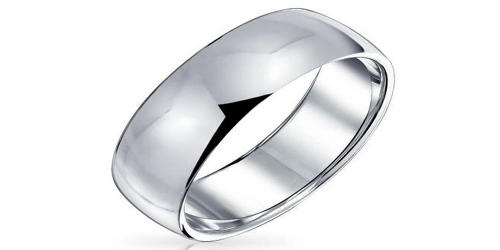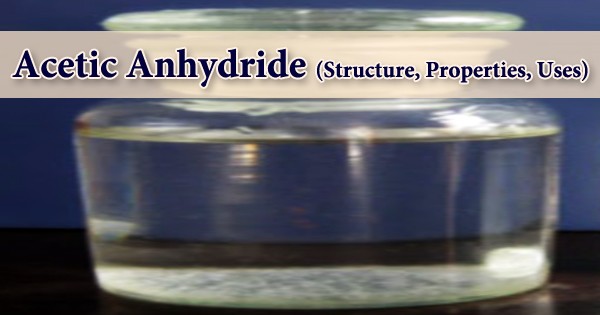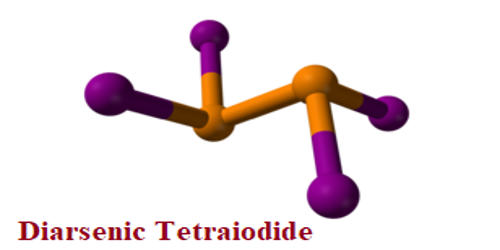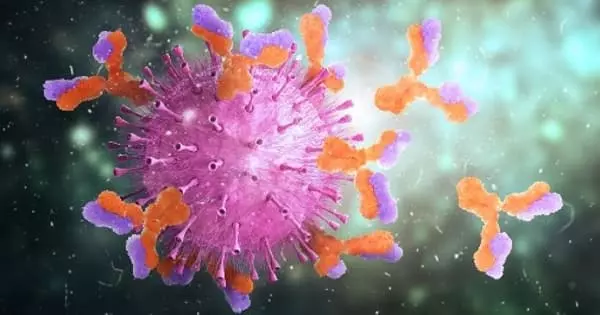Chemical properties of Mercury:
Mercury (chemical symbol Hg) is an amazing element. It is one of the few metals which is liquid at room temperature. It is extremely volatile, meaning it can easily be converted into gaseous form. Because of its unique properties, mercury is used in many different applications including devices such as thermometers, thermostats, fluorescent lights, and switches. It is also used in paints, preservatives, and some pesticides.
Mercury is the only common metal which is liquid at ordinary temperatures. It can be used to make thermometers, barometers and other scientific instruments. It is also a very good conductor of electricity. Mercury that is released into the environment will remain there indefinitely. Because of its high density it is used in barometers and manometers. The form that mercury exists in (organic or inorganic) may change with time. Some or all of released organic mercury will slowly decompose to become inorganic mercury. Some portion of released inorganic mercury will be slowly transformed into organic mercury by bacteria in soil or water.
Mercury is not flammable and does not have an odor. Some mercury salts and organic compounds are soluble in water, depending on the chemical species. It is moderately active. It does not react with oxygen in the air very readily. It reacts with some acids when they are hot, but not with most cold acids.

Chemical reactions of mercury:
Reaction of mercury with air
Mercury metal reacts in air at about 350°C to form mercury(II) oxide.
2Hg(s) + O2(g) → 2HgO(s) [red]
Reaction of mercury with water
Mercury does not react with water under normal conditions.
Reaction of mercury with the halogens
Mercury metal reacts with fluorine, F2, chlorine, Cl2, bromine, Br2, or iodine, I2, to form the dihalides mercury(II) fluoride, HgF2, mercury(II) chloride, HgCl2, mercury(II) bromide, HgBr2, or mercury(II) iodide, HgI2, respectively.
Hg(l) + F2(g) → HgF2(s) [white]
Hg(l) + Cl2(g) → HgCl2(s) [white]
Hg(l) + Br2(l) → HgBr2(s) [white]
Hg(l) + I2(s) → HgI2(s) [red]
Reaction of mercury with acids
Mercury does not react with non-oxidizing acids but does react with concentrated nitric acid, HNO3, or concentrated sulphuric acid, H2SO4, to form mercury(II) compounds together with nitrogen or sulphur oxides.
Mercury dissolves slowly in dilute nitric acid to form mercury(I) nitrate, mercurous nitrate, Hg2(NO3)2.
Reaction of mercury with bases
Mercury does not react with alkalis under normal conditions
Compounds:
- Mercuric arsenate (HgHAsO4): waterproofing paints
- Mercuric benzoate (Hg(C7G5O2)2): medicine; used to treat syphilis
- Mercuric chloride, or mercury bichloride, or corrosive sublimate (HgCl2): disinfectant, tanning of leather, spray for potato seedlings (to protect from disease), insecticide, preservation of wood, embalming fluid, textile printing, and engraving
- Mercuric cyanide (Hg(CN)2): germicidal soaps (soaps that kill germs), photography
- Mercuric oxide (HgO): red or yellow pigment in paints, disinfectant, fungicide (to kill fungi), perfumes and cosmetics
- Mercuric sulfide (HgS): red or black pigment in paints
- Mercurous Mercurous chromate (Hg2CrO4): green pigment in paints
- Mercurous iodide (Hg2I2): kills bacteria on the skin.
Information Source:
